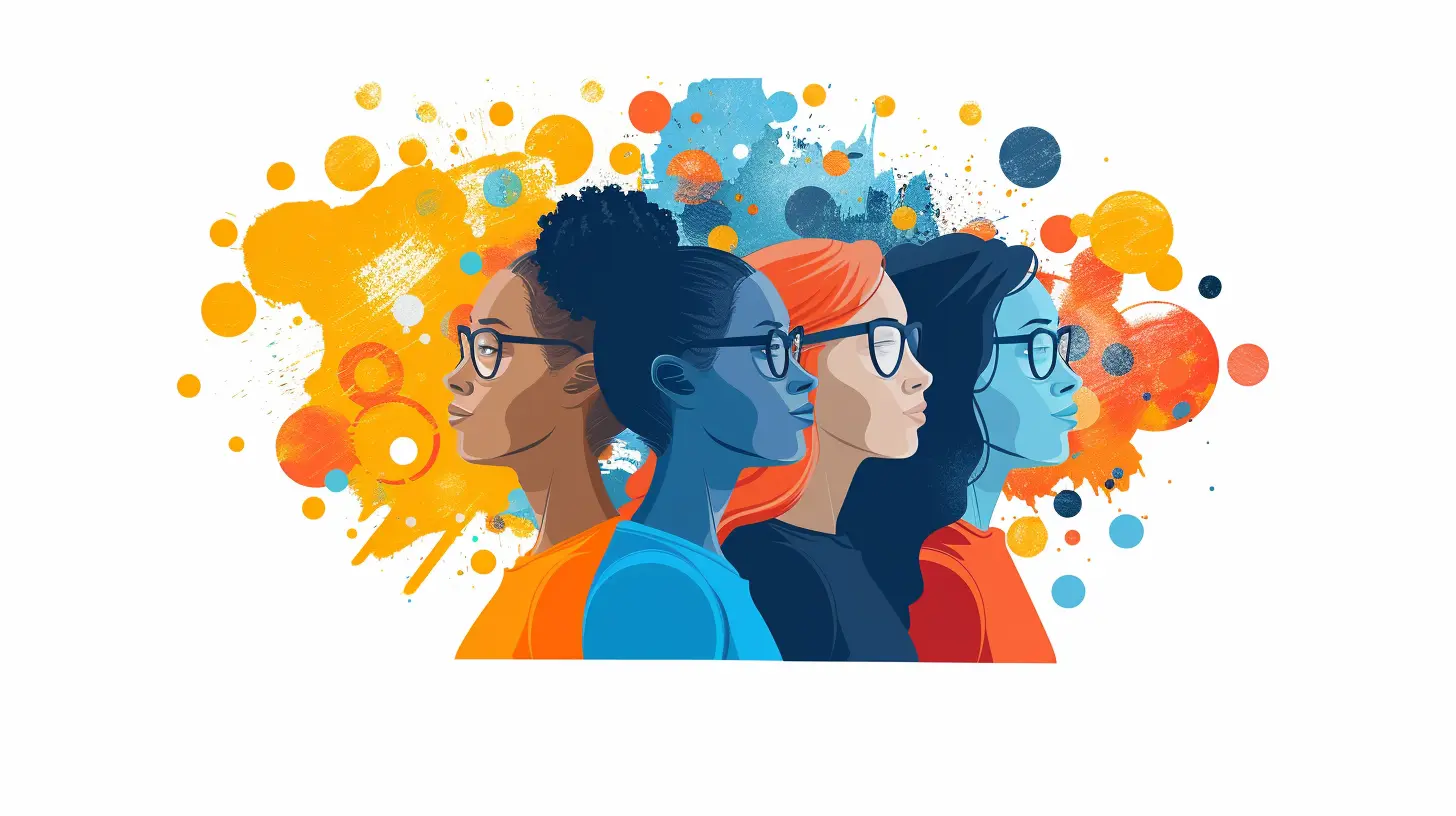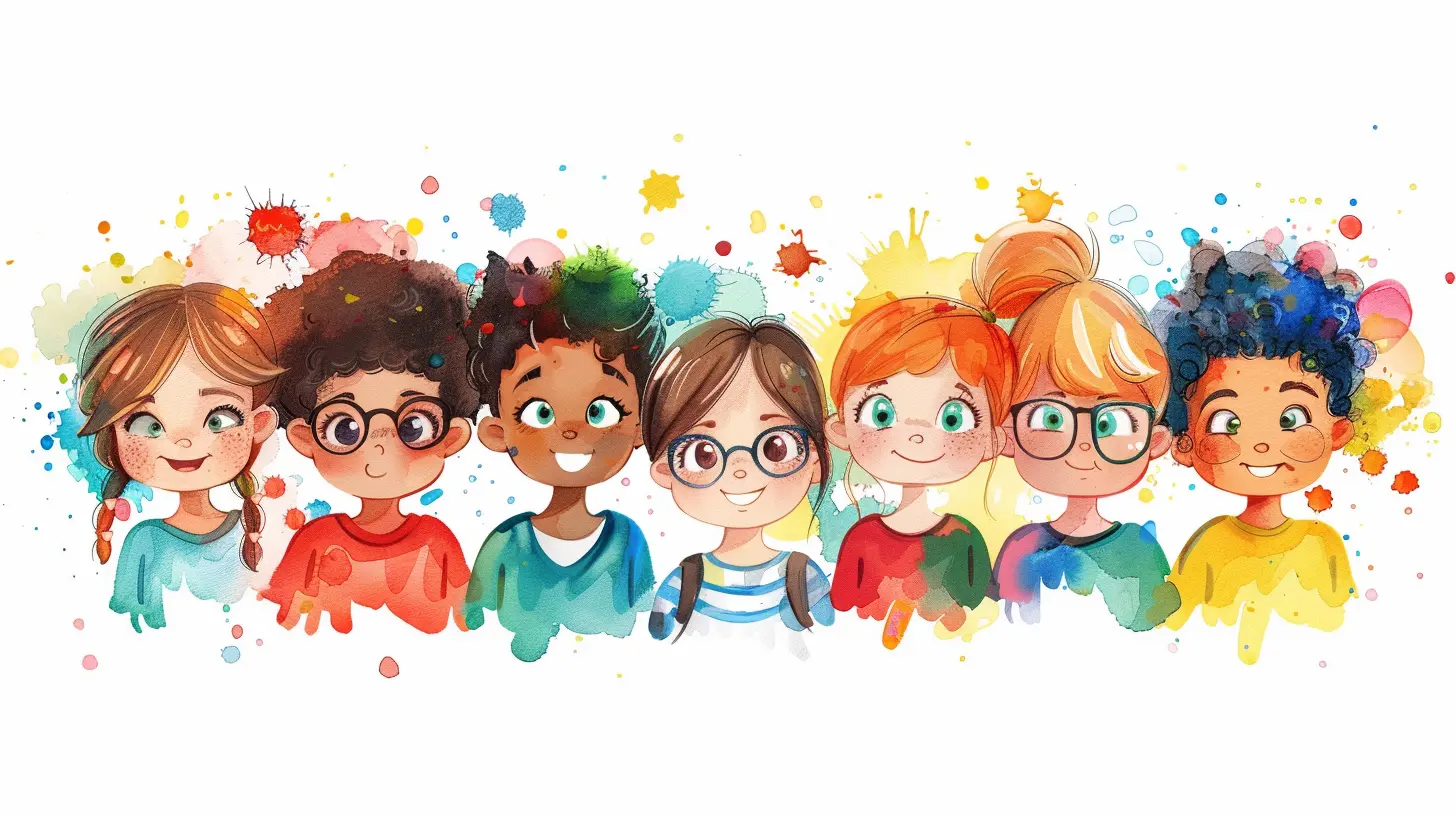The Importance of Recognizing Diverse Learning Styles
25 August 2025
Ever tried to explain something to someone and they just didn’t get it, even though it made perfect sense to you? Maybe you’re a "show me" kind of learner, and they’re more “tell me why it works” thinkers. That right there? That’s the magic — and the challenge — of diverse learning styles.
In a world where education is rapidly evolving, recognizing how we each learn best isn’t just a “nice to have.” It’s crucial. Whether you’re a teacher, student, parent, or lifelong learner, understanding the importance of diverse learning styles can make all the difference between a frustrating experience and a fulfilling one.
Let’s dive into why honoring this diversity in learning isn’t just important — it’s essential.
What Are Learning Styles, Anyway?
Learning styles are essentially the unique ways people absorb, process, and retain information.You’ve probably heard of the VARK model — Visual, Auditory, Reading/Writing, and Kinesthetic. While it’s not the only way to look at learning styles, it’s one of the most common frameworks used in education.
Here’s a quick breakdown:
- Visual Learners: They “see” what they learn — charts, diagrams, colors, and videos are their go-to tools.
- Auditory Learners: They retain information through sounds and discussions. Lectures, podcasts, and spoken instructions work wonders.
- Reading/Writing Learners: They thrive with text. Give them books, handouts, or note-taking tasks.
- Kinesthetic Learners: They learn through doing. Hands-on activities, experiments, and real-world examples help them most.
Sounds simple, right? But here’s the twist — most of us aren’t just one type. We’re a mix. One day you might visualize a math problem, and the next you might need to talk it out with a friend. That’s the beauty of it. We're not robots. We're living, learning humans.
Why Recognizing These Styles Matters
Imagine walking into a classroom or an online course and the teaching method doesn’t match your learning style. Frustrating, right? You start to feel like you're falling behind—not because you aren't smart, but because the way it's being taught just doesn't click for you.This is why recognizing different learning styles matters so much. When educational experiences are tailored to our preferences, learning becomes easier, faster, and—dare I say it?—more fun.
Let’s break it down further.
1. Boosts Student Engagement
When lessons are designed with various styles in mind, students don’t just sit back passively—they lean in. A visual learner gets excited when they see a mind map. An auditory learner thrives in a lively classroom discussion. A kinesthetic learner loves when they get to build a model instead of writing a report. When you feel seen in your learning style, you stay interested.2. Builds Confidence
Ever notice how good it feels when you “get” something? It’s like solving a mini-mystery. But if the teaching method constantly goes over your head, you start doubting your ability. Recognizing and teaching to different learning styles helps everyone feel capable and confident—and that’s half the battle right there.3. Reduces Frustration and Burnout
Let’s be honest—studying can already be tough. Add in a mismatch between how you're being taught and how you learn, and it becomes downright exhausting. By accounting for diverse learning styles, we lighten the emotional load. Learning becomes smoother, not a struggle.4. Personalizes the Learning Experience
No one-size-fits-all approach works in education. When educators understand learning differences, they can personalize content — using videos, hands-on activities, group discussions, and more. That not only makes teaching more dynamic but makes students feel understood.
The Science Behind It All
You might be wondering — is there actual science backing this, or is it just feel-good educational fluff? Great question.While there’s debate about how rigidly we should stick to learning styles in curriculum design, research does suggest that multimodal learning — using various ways to teach — greatly enhances comprehension and retention. In other words, students do better when they experience content in multiple ways.
Think of it like a well-balanced diet. You wouldn’t eat only carrots and expect to be healthy. Same goes for learning. Mixing it up — visuals, sounds, text, experiences — gives your brain a buffet of knowledge to feast on.
Different Styles, Different Strengths
Recognizing diverse learning styles doesn’t just help people learn better — it brings out their unique strengths.Visual Learners
- Often great at spotting patterns- Strong spatial awareness
- Amazing at interpreting graphs, infographics, and art
Auditory Learners
- Natural storytellers and communicators- Excel in language-based activities
- Can often remember what they hear verbatim
Reading/Writing Learners
- Love structure and detail- Great at research and critical thinking
- Thrive in traditional educational settings
Kinesthetic Learners
- Doers and builders- Hands-on problem-solvers
- Learn best through movement and physical activity
When these strengths are celebrated and harnessed, students don’t just succeed academically—they gain confidence in who they are and how their minds work.
Real-World Benefits
Okay, so it works in classrooms. But does recognizing learning styles help outside of school? Absolutely.Here’s how:
In the Workplace
Teams that understand learning and communication styles are more productive. Training that uses videos, live demos, written manuals, and group discussions ensures everyone’s on the same page.In Parenting
Knowing how your child learns best can transform homework battles into collaborative sessions. Maybe your kid isn’t “bad at math”—they just need to use building blocks instead of flashcards.In Relationships
Yup, even in relationships! Knowing how the people in your life process information can improve communication. Should you call to explain something, or send them a written summary? It makes a difference.How Educators Can Support Diverse Learning Styles
If you're an educator, you might be thinking, “Sounds great, but how do I actually do this?” Here are some ideas you can start using today:1. Mix Up Your Teaching Methods
Try using videos, diagrams, podcasts, worksheets, role-playing, and group activities. You’ll reach more students without needing to create separate lessons for every style.2. Let Students Choose
Whenever possible, give students the freedom to show what they’ve learned in a way that suits them. That could mean writing an essay, giving a presentation, or building a model.3. Get Feedback
Ask students how they prefer to learn. You might be surprised by their insights. A quick survey at the beginning of the year can help you tailor your approach.4. Encourage Self-Awareness
Teach students about learning styles so they can become more self-aware and self-directed. When they know how they learn, they can advocate for themselves.Final Thoughts: Embrace the Differences
At the end of the day, recognizing diverse learning styles isn’t about labeling students or sticking everyone into a neat little box. It’s about embracing the beautiful complexity of how people think and grow.It’s about reminding students that there’s no “right” way to learn — only the way that works best for them.
Education is most powerful when it’s personal. And when we make space for different styles, we’re not just teaching facts. We’re teaching people how to love learning — for life.
So whether you're an educator shaping minds or a student trying to figure it all out, remember this: different isn’t wrong. It’s just different. And that difference? That’s where the real magic begins.
FAQs About Learning Styles
Do people have only one learning style?
Not usually. Most people are a blend. You might be a visual learner who also benefits from hands-on practice.Can learning styles change over time?
Absolutely. As you grow, experience new things, or even change environments, your preferred learning style might shift.Are learning styles really that important?
While some research debates the idea of strict learning “types,” there’s no doubt that varied and flexible teaching strategies help more learners succeed.all images in this post were generated using AI tools
Category:
Learning StylesAuthor:

Monica O`Neal
Discussion
rate this article
1 comments
Zephyris Peterson
In the garden of minds, each petal unique, Diverse learning styles bloom, a vibrant mystique. To nurture the whole, we must embrace the blend, For in understanding, true wisdom begins to ascend.
August 25, 2025 at 4:09 AM

Monica O`Neal
Thank you! I love the imagery in your comment—it beautifully captures the essence of embracing diverse learning styles as essential for fostering understanding and wisdom.


